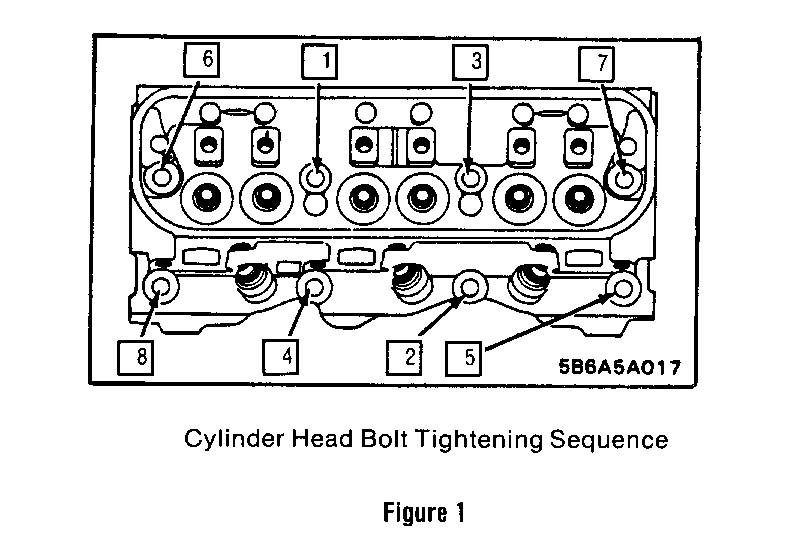RECAP OF 'TORQUE TO YIELD' BOLT INFORMATION

RECAP OF "TORQUE TO YIELD" BOLT INFORMATION
MODELS AFFECTED: 1985 3.0L (VIN CODE L) ENGINES --------------- LATE MODEL 1985 3.8L (VIN CODE 3) ENGINES 1986 3.0L (VIN CODE L) and 3.8L (VIN CODES A, B, 3 AND 7) ENGINES
NOTE: It is suggested that a copy of the information provided in this bulletin be provided to all dealership technicians with the request that they become familiar with its contents.
Earlier bulletins attempted to introduce you to "Torque to Yield Head Bolts" used on the above engines, and the difference between them and past model fasteners for this application. Recent information indicates a need to expand on the information already provided. (Ref. Bulletins 85-6-3, 86-6-14, 85-6- 17, and 86-6-2).
o What are "Torque to Yield" Bolts?
"Torque to Yield" bolts differ from regular fasteners in that they are tightened to the point where they literally start to stretch or "Yield", thus providing the greatest possible clamping force. When torqued to this point, it reduces the tendency of the bolt to relax it's clamping load, something which does not happen with conventional bolts. This also means that torque to yield head bolts and regular head bolts should not be mixed for any application.
o Identification
The 1985 "Torque to Yield" bolt was readily identifiable. It had a cut down shank (See Figure 3). The 1986 bolt is not readily identified and can easily be mistaken for a regular bolt.
The only outward difference between the current 1986 torque to yield bolt and the past model bolt, is the indentation on the head of the 1985 bolt (See Figure 3).
o Torque Specifications
Once you have determined which bolt you are using, refer to the following for correct tightening specifications. Failure to use the correct specifications may result in broken head bolts, improper clamping load - too tight or loose, leaking head gaskets, etc.
Tightening Specifications - Torque to Yield Head Bolts ------------------------- --------------------------
1. Apply a heavy body thread sealer to threaded areas of bolt.
2. Torque cylinder head bolts to 34 N.m (25 lb. ft.) per sequence shown in Figure #1.
o Should you reach 81 N.m (60 lb. ft.) at anytime in Steps 3 & 4, you should stop at this point. DO NOT complete the balance of the 90 degree turn on this bolt.
3. After completing Step 2, tighten each bolt 1/4 turn (90 deg) in same sequence.
4. Repeat Step 3, tightening each bolt an additional 1/4 turn (90 deg).
NOTE: Care should be taken when handling the new composition gasket used on 1986 engines to prevent surface or edge damage prior to installation. Also, the gasket should be installed without the use of sealers of any kind.
Torque Specifications - Regular Head Bolts --------------------- ------------------
1. Apply a heavy body thread sealer to threaded area of bolts.
2. Torque cylinder head bolts gradually, three times around in the proper sequence, then torque to 108 N.m (80 lb. ft.).
3. After 15 minutes, retorque cylinder head bolts to 108 N.m (80 lb. ft.).



General Motors bulletins are intended for use by professional technicians, not a "do-it-yourselfer". They are written to inform those technicians of conditions that may occur on some vehicles, or to provide information that could assist in the proper service of a vehicle. Properly trained technicians have the equipment, tools, safety instructions and know-how to do a job properly and safely. If a condition is described, do not assume that the bulletin applies to your vehicle, or that your vehicle will have that condition. See a General Motors dealer servicing your brand of General Motors vehicle for information on whether your vehicle may benefit from the information.
